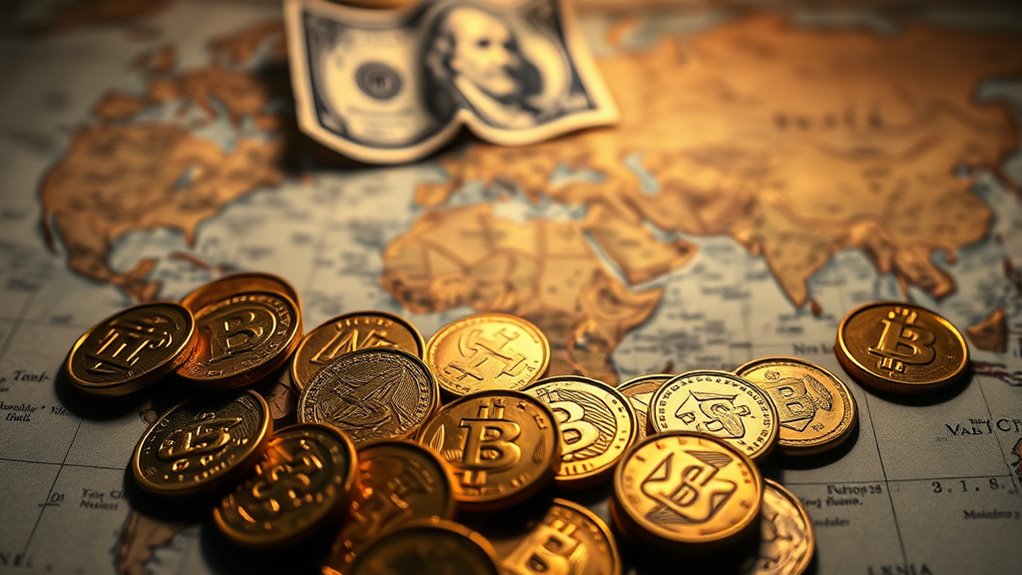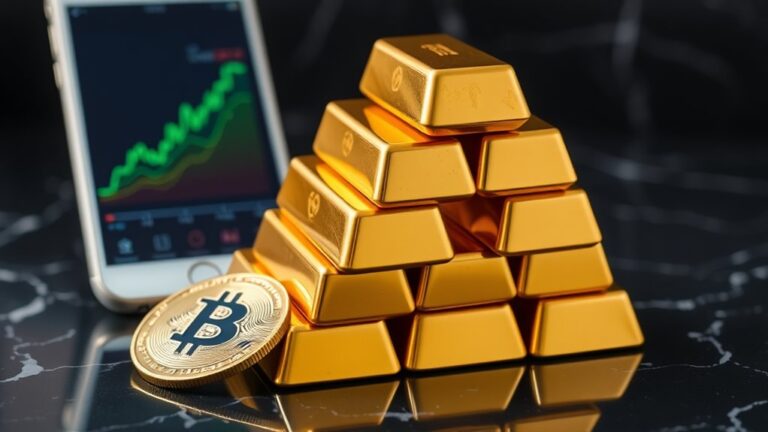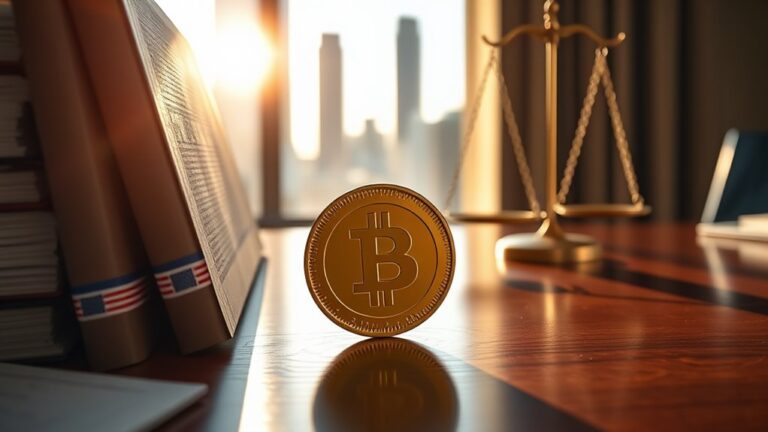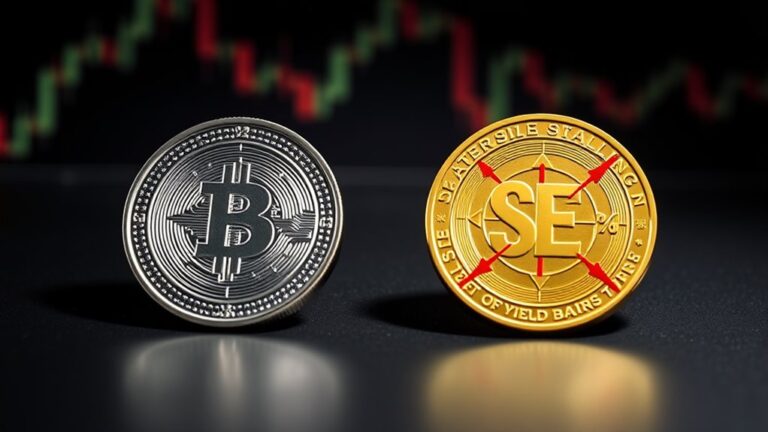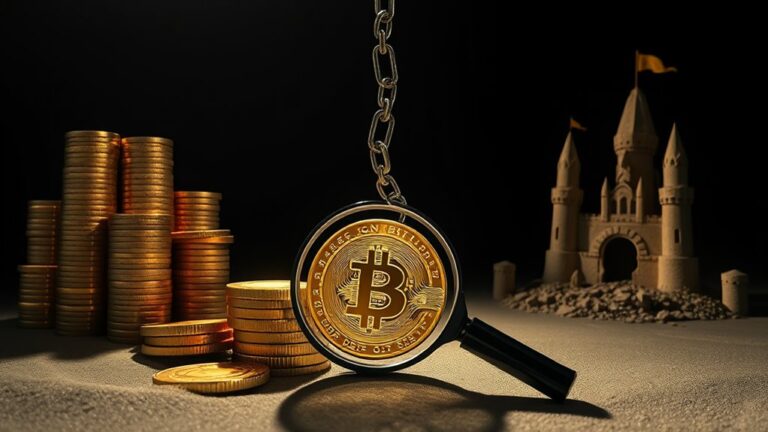The Golden Revolution: How Ancient Metal Threatens Dollar Dominance
Note: This post may contain affiliate links, and we may earn a commission (with No additional cost for you) if you make a purchase via our link. See our disclosure for more info. The crypto world is constantly changing. This content is for informational purposes only and not financial, legal, or professional advice So, please verify the info on the cryptocurrency provider’s websites.
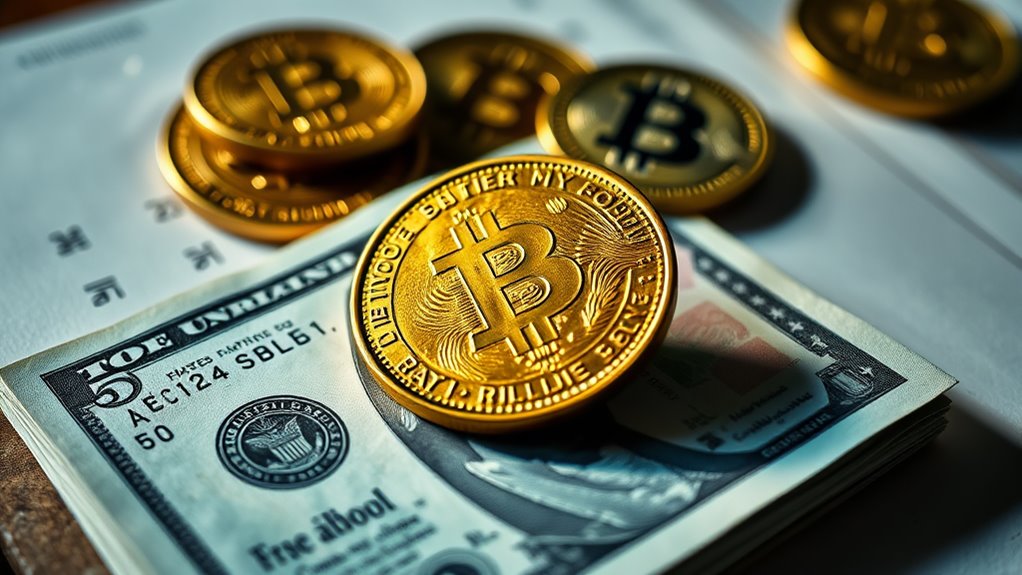
While modern investors fuss over cryptocurrency and digital payment systems, they're merely repeating an age-old drama that's played out for millennia. Gold and silver have been locked in a monetary tug-of-war since ancient times. The glittery yellow metal dominated international commerce, while silver coins jingled in the pockets of ordinary folk. Nothing new under the sun, folks.
History's monetary pantomime persists, from ancient metals to digital tokens—same drama, different costumes.
The Romans knew a thing or two about currency manipulation. Their silver denarius set the standard that echoed through Charlemagne's denier and beyond. Meanwhile, Byzantine bezants—those fancy gold coins—circulated widely, showing that gold's monetary appeal isn't exactly a recent invention. These ancient preferences shaped everything that followed.
France tried having it both ways with a bimetallic standard. Spoiler alert: it failed. Turns out, fixing arbitrary ratios between metals is like trying to nail jelly to a wall. The U.S. followed suit with its own disastrous experiments. The 1834 Coinage Act cut gold coin weights by 6%, effectively devaluing the dollar. Smart move, Congress.
By 1853, America had practically given up on silver, halving the weight of silver coins and pushing the nation toward gold. During the Revolutionary War, Continental currency collapsed to just 1/40 of its face value by 1780, creating deep distrust of paper money. Spanish dollars still circulated in the U.S. until 1857. Imagine trying to buy groceries with foreign money today! The chaos of competing currencies was real.
The gold standard became official in 1900, with the dollar defined as 23.22 grains of gold. Not that it mattered much—the country had been operating on a de facto gold standard for decades already. This aligned America with Britain and created a unified global monetary system. Pretty revolutionary.
Then came 1944's Bretton Woods agreement. Other currencies pegged to the dollar, the dollar pegged to gold at $35 per ounce. The system cemented American dominance, but it carried the seeds of its own destruction. Gold's ancient allure never really faded. It just waited in the wings. A 2012 survey showed that economists overwhelmingly reject the idea that returning to the gold standard would improve economic stability, despite its historical significance.

